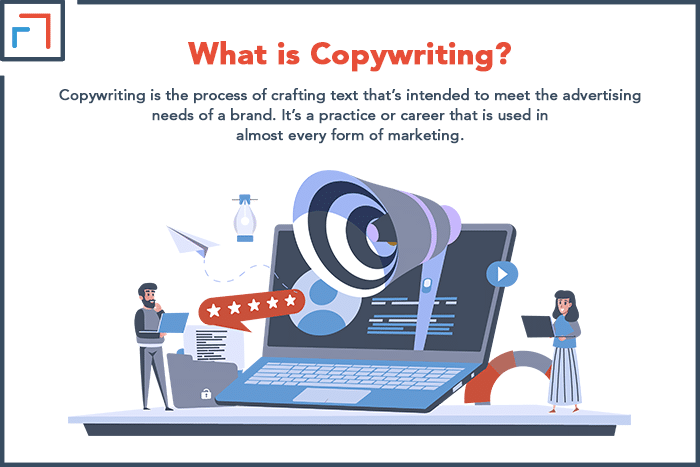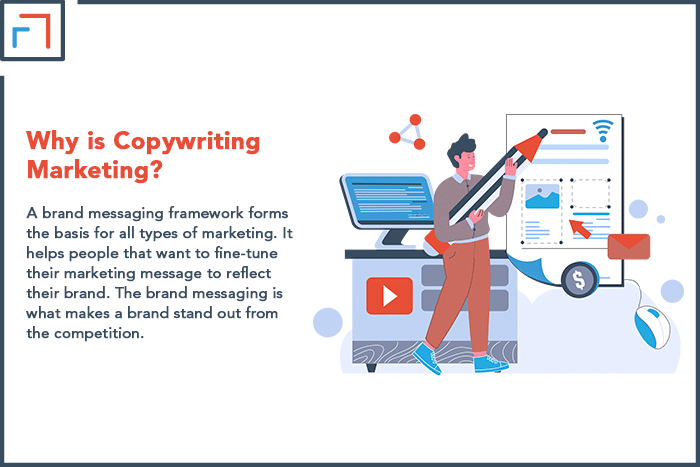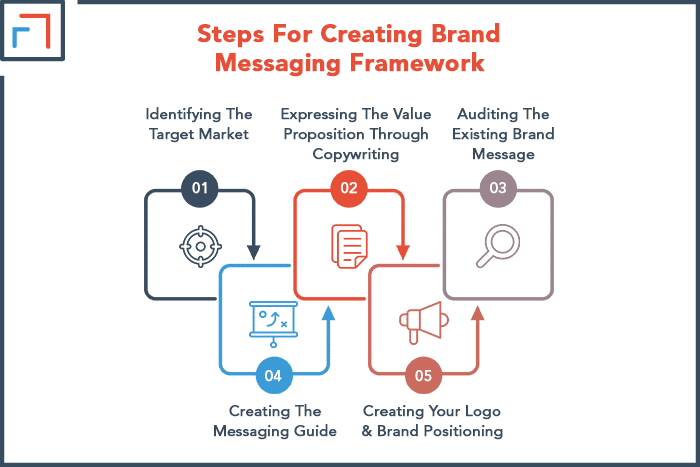Both copywriting and marketing are essential components of a successful sales process. However, the line between the two is sometimes blurred, and sometimes copywriters and markets fulfill similar roles. As such, it is not unusual to wonder if copywriting is marketing.
Copywriting is considered marketing because it covers the promotional element of marketing. Copywriting is all about promoting a product with help from persuasive text. It usually gets readers to take some sort of desired action, so it’s important to most marketing efforts.
In this post, we will discuss why copywriting is considered to be marketing by studying a marketing strategy. It’s also important to know how copywriting is used within each stage of marketing.
Is Copywriting The Same As Marketing?
Both copywriting and marketing processes usually have the same goal: Making a sale. Therefore, it’s easy to get confused about whether the two are the same.
To get a clearer understanding, it is crucial to define these two terms.
What Is Copywriting?
Copywriting is the process of crafting text that’s intended to meet the advertising needs of a brand. It’s a practice or career that is used in almost every form of marketing.
The end result of the copywriting process is a sales copy. The sole intent of this copy is to raise brand awareness and eventually persuade the target audience to act in a specific way.
A copywriter may be required to write traditional or digital marketing copy.
Offline marketing includes messages on billboards, posters in front of brick and mortar stores, magazines, radio ads, TV ads, and more.
Digital marketing copy can include landing page content, website text, social media posts, and emails (among other things).

What Is Marketing?
Marketing refers to all the activities carried out by a brand to attract potential buyers to its products and services. It accomplishes this with the help of high-quality messaging tactics.
Marketing activities may include market research, analysis, distribution, advertising distribution, and sales.
Marketing comes in many forms. Some of these forms include print, video production, SEO, content writing, internet, blogs, and social media marketing.
There are four key elements that make up marketing and they work together to ensure your product gets the awareness it deserves. These key elements are usually referred to as the 4Ps of marketing.
They include product, price, place and promotion. Look specifically at the last P, promotion. This includes all activities that are carried out by the marketing team. It covers online and offline activities.
The main goal of promotional activities is to raise brand awareness, arouse interest, and eventually generate more sales.
So, is copywriting marketing?
Copywriting is marketing because it falls under the promotion element of marketing.
Copywriting is a type of promotional activity because its aim is to create interest in a product and persuade the readers to make a purchase.
Why Copywriting Is Marketing?
To get a clearer understanding of why copywriting is marketing, we will delve deeper into how the two practices work together. Copywriting is marketing, but not all marketing involves copywriting.
In this section, we will look at brand messaging framework as a marketing strategy that incorporates copywriting. A brand messaging framework forms the basis for all types of marketing.
It helps people that want to fine-tune their marketing message to reflect their brand. The brand messaging is what makes a brand stand out from the competition.
For any brand messaging framework to succeed, it needs great copywriting at its core. Good copy will communicate the brand’s message succinctly.
Below are the steps involved in creating a brand messaging framework. Keep your eyes open to see how copywriting is heavily entwined with the marketing process!

Steps For Creating A Brand Messaging Framework
Step 1: Identifying The Target Market
The first step is the identification of the target audience. Knowing who your brand is targeting is important for all marketers. It also helps them create great content for their prospective customers.
Successful brands conduct market research to gather information about the target audience. With this information, you can create useful consumer profiles.
Some data to look into in your research includes Google Analytics data and CRM data. This research will guide the creation of your copy later on.
Step 2: Expressing The Value Proposition Through Copywriting
The value proposition delves deeper into the what or why that makes a particular brand the best choice for consumers. It is at this stage that copywriting comes in.
A copywriter will know how to highlight the benefits of a product in a way that resonates with the target audience. A copywriter can articulate why a product or service adds value to the life of the reader.
In addition, they can emphasize the unique element that makes the brand the best at what it does. Ultimately, a robust brand message relies on promoting the benefits instead of the features.
Step 3: Auditing The Existing Brand Message
Over time, your brand message evolves and becomes clearer. This means the message you’ve had for the past two years may not make the same impact now as it did before.
So, it is necessary to go through your messaging and identify areas that can be improved. Examples include your brand’s visual identity, voice, value proposition, etc.
Examine the content across your social media, blogs, websites and other channels. The goal of the audit is to find anything that is off and improve it.
This includes inconsistent elements and content that adds no real value to your brand.
Step 4: Creating The Messaging Guide
A messaging guide helps marketers to communicate their value propositions in the right way to the right audience. This includes guides for language and visual identity.
Some areas to emphasize include the brand voice, color, typography, and iconography. The bottom line is, you must ensure your messaging guide aligns with the message you want to send.
Everything should make sense and work together.
Step 5: Creating Your Logo And Brand Positioning Statement
A logo is a visual representation of your brand. Therefore, it works in tandem with your brand positioning statement to ensure your message is clear and well represented.
Since the logo is so important, you need to craft it meticulously to ensure it’s memorable.
The brand positioning statement is like an elevator pitch that encapsulates your brand concept as a whole. It’s like a summary of everything about your brand. It entails:
- The core purpose of your brand
- Who the brand serves
- The values that set the brand apart
- The outcome of those values
When writing your brand statement, be sure to keep it memorable, succinct, in line with your brand’s voice and clearly convey what the brand believes in.
Besides the brand positioning, you can also create a tagline to pitch your brand. A good motto can really stick in the minds of your customers!

Wrapping up
Copywriting is a part of marketing, hence it can definitely be considered marketing. For both processes, the aim is to raise brand awareness and ultimately make a conversion.
Therefore, copywriting is often used in marketing processes to get people to take the desired action.
Now that you know copywriting is a part of marketing, it will be easier to decide where and when to use these processes.
In turn, you will get better results from combining copywriting with the rest of your marketing efforts.
